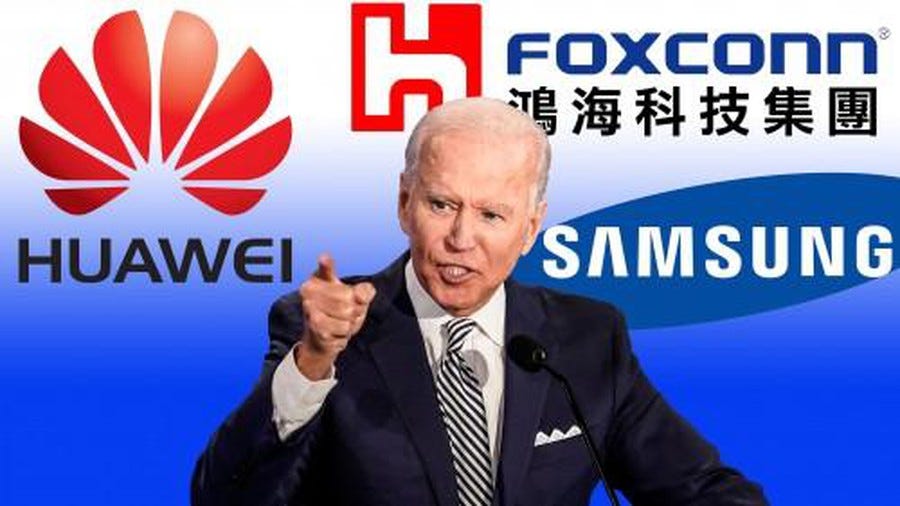Biden’s Big Job in East Asia
Four years of chaos under the Trump administration have taken their toll
If, as finally looks certain, the Democratic candidate Joe Biden is named US President, hopes of a reinvigorated US presence in Asia are probably ephemeral at best, leaving China, with all of its scabs and scars, as the dominant force.
The one major advantage, however, is that sanity is likely to return to US foreign policy, with no sudden gambits like …
Keep reading with a 7-day free trial
Subscribe to Asia Sentinel to keep reading this post and get 7 days of free access to the full post archives.


